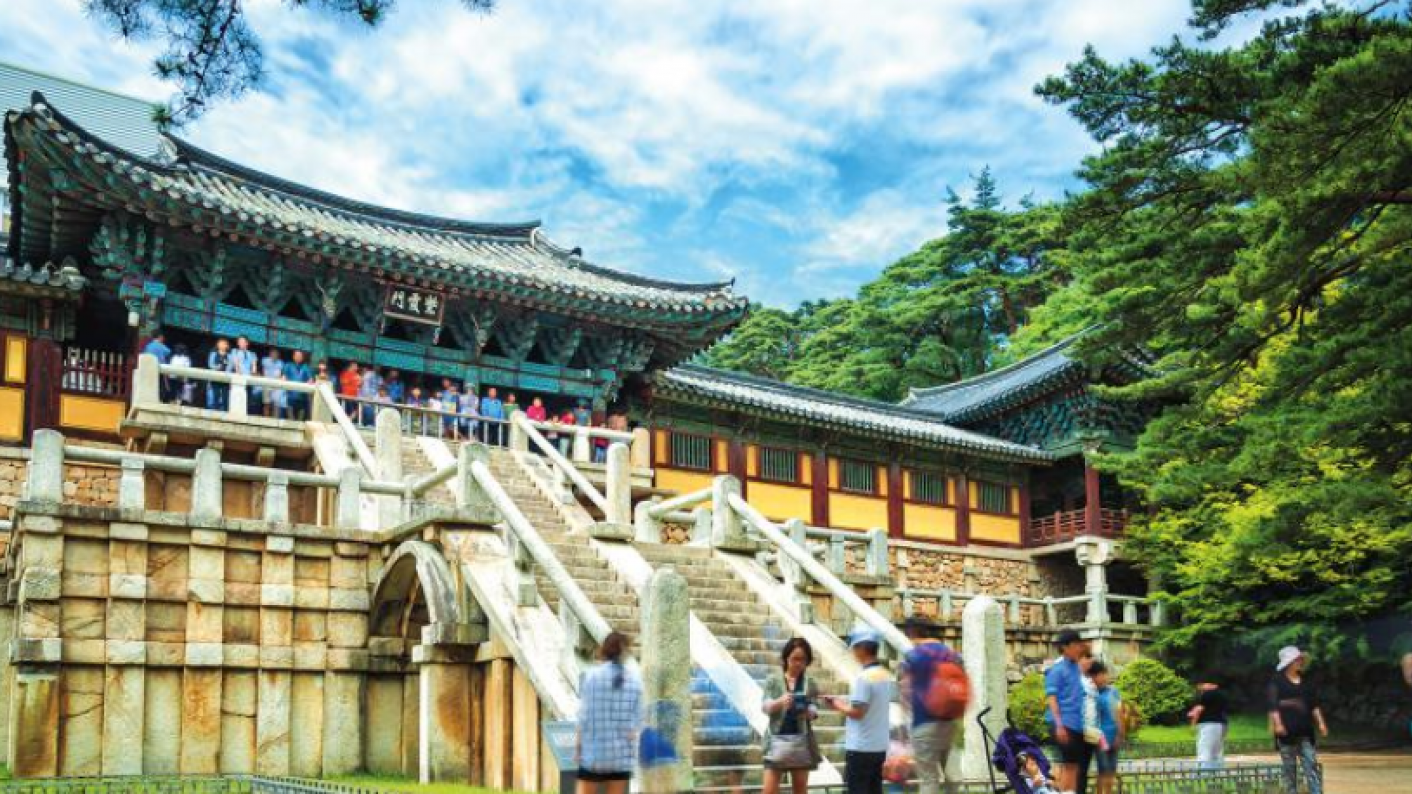Teaching in South Korea for most foreign English teachers means working in private academies, which parents send their children to every day after they’ve finished regular school. But my school is different.
I teach at The English Village in North Gyeongsang Province. It is located on the side of a small mountain.
The campus is large and immaculately maintained by a staff of elderly female gardeners, known as ajummas. These women can be seen squatting down throughout the day with improvised plastic seats tied around their waists.
They crouch between the school’s shiny stone buildings, the centrepiece of which has been built in a faux classical style, with huge columns supporting an overhanging arch that overlooks a small artificial water feature.
At night, a variety of weird and wonderful winged insects emerge, attracted by the huge incandescent bulbs that light the campus. Giant moths in all shapes, colours and sizes flit about, as praying mantises watch on.
Related
- Browse the latest teaching jobs in Asia
- What’s life like being a teacher in Shanghai?
- Everything you need to know about teaching in the UAE
- Study while teaching overseas and gain a recognised qualification with our iPGCE
A break from the norm
Every day I teach English in one of 14 situational classrooms that are designed to offer a real-world “immersive and experiential” learning environment. We have a restaurant, post office and police station, as well as a huge decommissioned aeroplane on stilts.
The students range from nursery school age up to secondary school (three to 16 years old), although the majority are between nine and 11 years old.
They’re invariably fantastic; they come here for a week before returning to their usual schools and are always excited to be at such a weird and wonderful place..
Classes are not supervised by Korean staff and foreign teachers often come here for their first teaching job, meaning that classes offered outside of the situational classrooms – which are regular 45-minute academic classes – are highly variable. Some teachers play games all day; some watch movies; others neurotically drill the finer points of English grammar.
A light and fun atmosphere
I personally prefer to keep the atmosphere light and fun, with a small emphasis on learning grammar, but a much greater emphasis on speaking practice.
The village accepts students at a cost of about $350 per head. The government covers most of this cost, with the students’ schools and parents forking out for the rest.
Student numbers are high and the school is doing so well that it has invested in two buses, partly government-funded, to travel around the province to less well-off schools, offering the students there a chance to practise their English with native English speakers.
- Learn more on choosing the right overseas school
Unfortunately, most new teachers, me included, initially fail to recognise the indifference of the Korean education system to their wants and needs. Teacher turnover is high, but many opt to stay; the temptation of free food, a good salary and the convenience of living where you work are too much for some to relinquish.
Luke Oliver is an English teacher at The English Village
This piece first appeared in Tes magazine on 12 May 2017.
Want to keep up with the latest career advice? Follow Tes Jobs on Twitter and like Tes Jobs on Facebook
